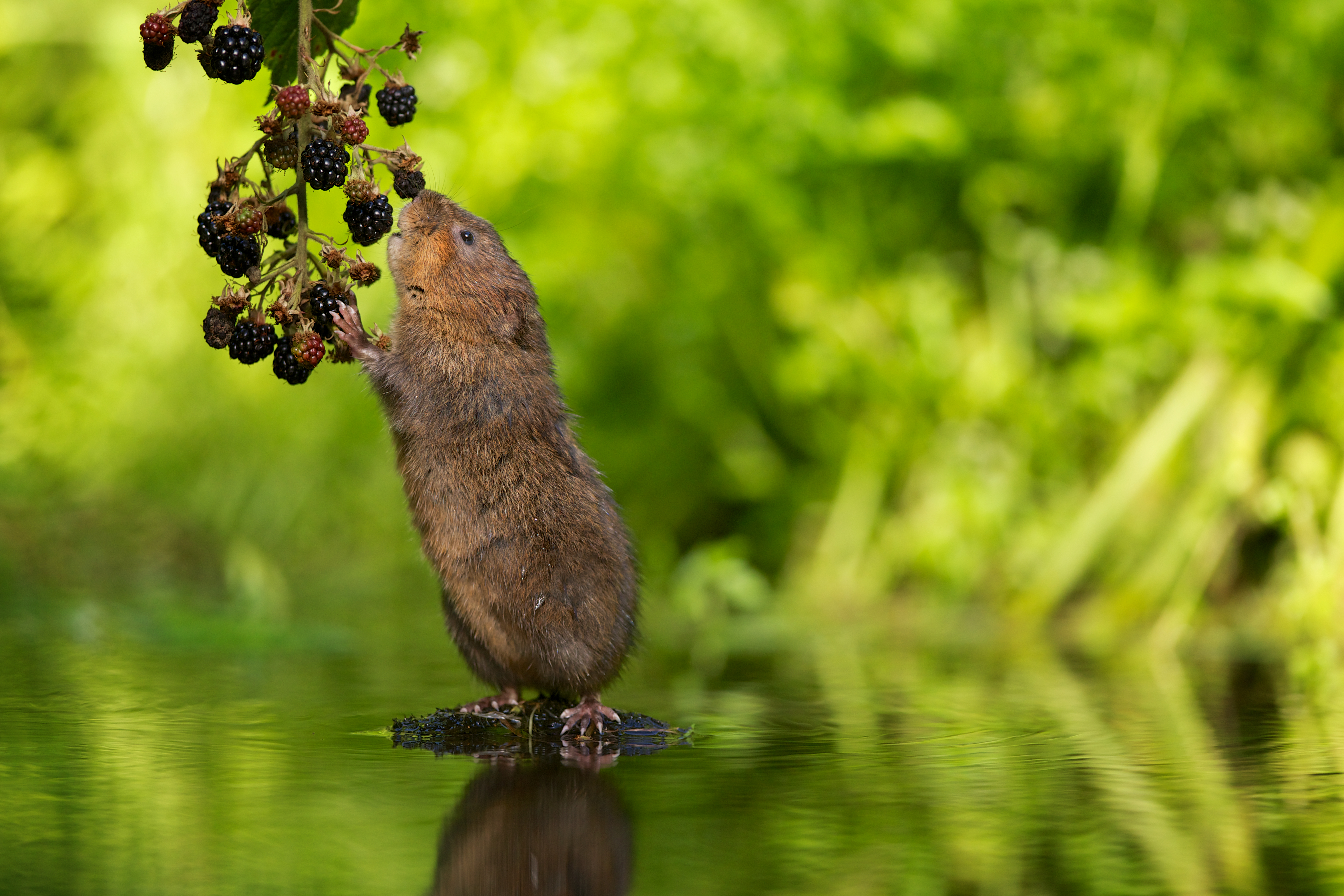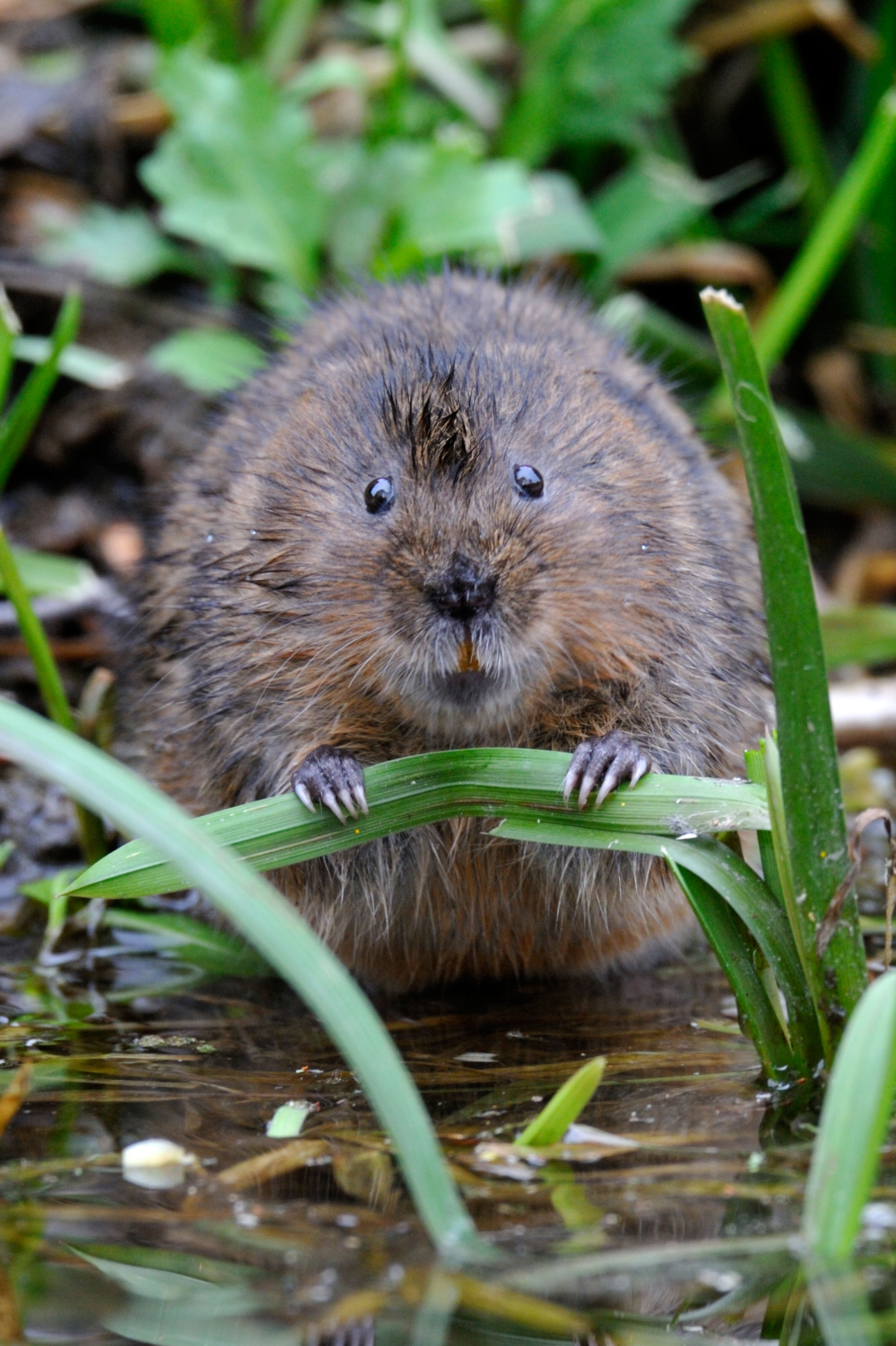Saving Ratty: The sad plight of Britain's water voles
The loss and damage of their habitats has led to the decline of water voles, beloved by Britains since the rise of Ratty in Kenneth Grahame's classic stories.


With their chestnut-brown fur and little black eyes (or black fur, north of the border), water voles are as endearing now as when gentlemanly boater Ratty first brought them fame in The Wind in the Willows more than 100 years ago. However, as the UK’s fastest declining mammal, they need help. For the past four years, the People’s Trust for Endangered Species (PTES) has carried out a survey and is looking for volunteers to take part in this year’s National Water Vole Monitoring Programme.
Loss and damage to their habitats in streams, rivers and other fresh waterways are cited as reasons for the decline, together with intensive agriculture and water pollution, not to mention the predatory American mink, which is blamed for a dramatic 90% crash in water-vole populations between 1989 and 1998.

The PTES has selected some 900 sites across England, Wales and Scotland and observations have been under way for a few weeks. They will continue until June 15.
At the moment, water voles have just started breeding, with three or four litters of up to five pups still to come before the year is out.
The organisation is in particular need of volunteers in mid and south-west Wales, the West Midlands, the South-West (Somerset and Gloucestershire) and southern Scotland, areas where there are some gaps in its knowledge.

‘Water voles like to sit and eat in the same place,’ advises The Wildlife Trusts, under whose conservation status they are protected, ‘so piles of nibbled grass and stems may be found by the water’s edge… along rivers, streams and ditches, around ponds and lakes, and in marshes, reedbeds and areas of wet moorland… “Latrines” of rounded, cigar-shaped droppings may also be spotted.’ Other signs include burrows in the riverbank, with nibbled grass at the entrance.
‘We use the data gathered to monitor population trends year on year, which, in turn, helps to guide our conservation work and inform us where action is needed most,’ says Emily Thomas of the PTES.
Exquisite houses, the beauty of Nature, and how to get the most from your life, straight to your inbox.
Visit www.ptes.org/watervoles for further information on how to take part.
